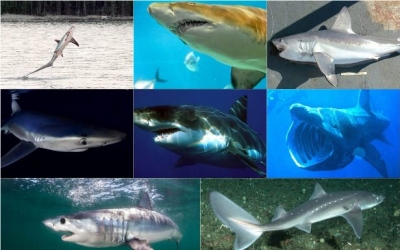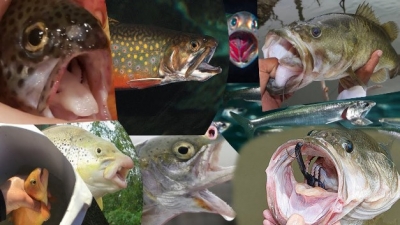
Fish, mammals, and birds all have something in common – a backbone. They belong to a group of animals called vertebrates. But some of the most fantastic creatures in the sea are animals that have no backbones. They belong to a group of animals called invertebrates.
Some invertebrates are huge, like the giant squid. Others are so tiny that you need a microscope to see them.
Some invertebrates, like crabs, clams, and sea spiders, have hard shells. The shells protect their soft bodies. Other invertebrates, like starfish or sea urchins, have spikes to protect them. Jellyfish and other invertebrates are soft all over. Jellyfish look like see-through blobs. They float gracefully through the sea. Their stinging tentacles are their protection!
Whether they have shells, spines, or stinging tentacles, invertebrates are some of the most interesting creatures in the sea!
Picture Credit : Google










